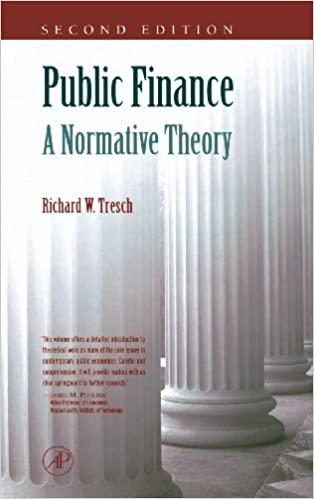

This indicates how effectively the owners (shareholders) investment is being employed; the efficiency with which managers use the owners' equity investment to produce earnings: net income generated per $1.00 in equity. Larger (positive) values are preferred. ROE and ROA differ only by the extent to which the firm is leveraged. Thus, any difference between ROE and ROA is a measure of the effect of the capital structure on the firm's performance. Alas, there is no free lunch: any increase in ROE performance due to leverage is off-set by the risk associated with leverage and thus, changes in capital structure tend to have no effect on the value of the firm. (Also known as 'ROE' and Return on Net Worth). Q30. ROE conclusion, overall: a. the firm is more efficient in earning a profit on each dollar of Equity than the industry average, and is improving. b. the firm is more efficient in earning a profit on each dollar of Equity than the industry average, but is declining. c. the firm is less efficient in earning a profit on each dollar of Equity than the industry average, but is improving. d. the firm is less efficient in earning a profit on each dollar of Equity than the industry average, and is declining. Q31. ROE conclusion, performance relative to industry: a. Return on Equity is better than the industry average performance due primarily to the superior Return on Assets. b. Return on Equity is better than the industry average performance due primarily to higher financial Leverage. c. Return on Equity is worse than the industry average performance due primarily to the inferior Return on Assets. d. Return on Equity is worse than the industry average performance due primarily to lower financial Leverage. e. Return on Equity is equal to the industry average. Q32. ROE conclusion, performance trend: a. Return on Equity improvement is due primarily to the improvement in Return on Assets. b. Return on Equity improvement is due primarily to the increase in financial Leverage. c. Return on Equity fell due primarily to the decline in Return on Assets. d. Return on Equity fell due primarily to the reduction in financial Leverage. e. Return on Equity did not change compared to last year. Overall assessment of Capital Structure Q33. Capital Structure conclusion: a. The capital structure is fine; it is not hurting the performance of the firm b. The financial Leverage is not at a safe level; the capital structure is hurting the performance of the firm. c. The financial Leverage is not at a safe level, but there are positive indicators of firm performance that suggest the capital structure is fine








